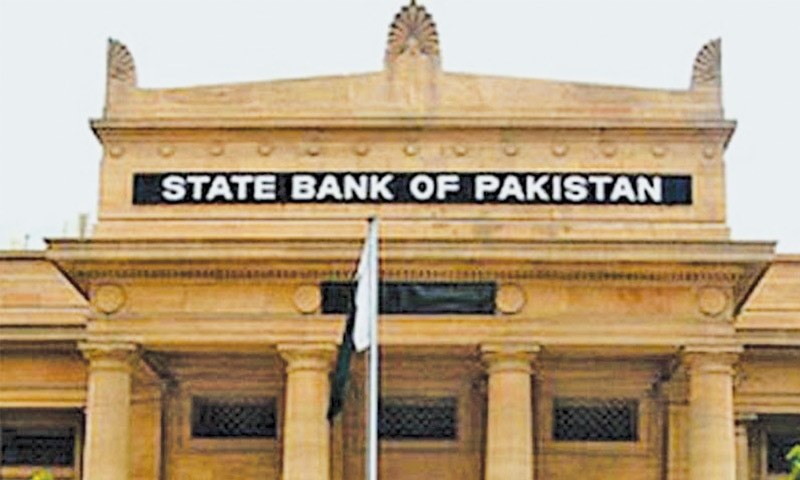KARACHI – The Monetary Policy Committee (MPC) decided on Friday to raise the policy rate by 150 basis points to 8.75 percent.
This reflected the MPC’s view that since the last meeting, risks related to inflation and
the balance of payments have increased while the outlook for growth has continued to improve, State Bank of Pakistan (SBP) said in a statement.
The monetary policy is a tool with the central bank to create balance between inflation and economic growth.
The heightened risks related to inflation and balance of payments stem from both global and domestic factors. Across the world, price pressures from Covid-induced disruptions to supply chains and higher energy prices are proving to be larger and longer-lasting than previously anticipated.
In response, central banks have generally begun to tighten monetary policy to keep inflation expectations anchored. In Pakistan too, high import prices have contributed to higher-than-expected CPI, SPI, and core inflation outturns.
At the same time, there are also emerging signs of demand-side pressures on inflation and inflation expectations of businesses have risen on account of further upside risks from domestic administered prices. With respect to the balance of payments, the current account deficits in September and October have been larger than anticipated, reflecting both rising oil and commodity prices and buoyant domestic demand. The burden of
adjusting to these external pressures has largely fallen on the rupee.
As a result of these developments, the balance of risks has shifted away from growth and toward inflation and the current account faster than expected. Accordingly, the MPC was of the view that there is now a need to proceed faster to normalize monetary policy to counter inflationary pressures and preserve stability with growth. Today’s rate increase is a material move in this direction. Looking ahead, the MPC re-iterated that the end goal of mildly positive real interest rates remains unchanged and, given today’s move, expects to take measured steps to that end.
In reaching its decision, the MPC considered key trends and prospects in the real, external and fiscal sectors, and the resulting outlook for monetary conditions and inflation.










